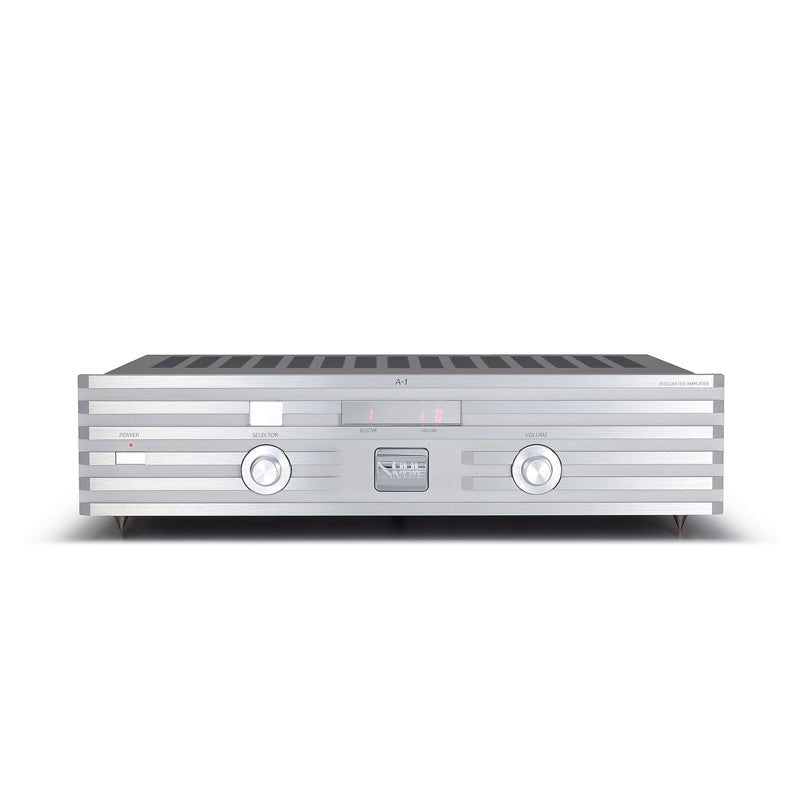SOULNOTE Chief Designer Kato's Design Philosophy Series: Part 2
Let's delve deeper into SOULNOTE's design philosophy.
Discrepancy Between Specs and Sound Quality
When we refer to specifications (often called "static specs"), we're talking about catalogue specs such as distortion rate, frequency response, and signal-to-noise ratio. These metrics, primarily derived from sine wave measurements, are easily quantifiable.
In the audio world, it's a well-acknowledged fact that sound quality cannot solely be judged by these static specs. Moreover, audio enthusiasts recognize that sound can vary depending on cables and racks, even when measurements indicate no differences in specifications.
This perception might appear strange to anyone outside the audiophile community. In today's era of scientific rigour, it's counterintuitive to think that humans can perceive subtle distinctions undetectable by sophisticated measuring instruments. The human auditory range typically spans from 20 to 20 kHz. So how can these discrepancies exist?
This is where the paradox lies. Despite acknowledging that sound quality transcends mere specs, a part of us remains beholden to them. Historically, the audio community has been predisposed to believe that "better specs equate to more accurate sound." Sound is often deemed subjective, a matter of personal taste.
Consider this scenario: while developing a product, an enhancement in the circuitry leads to better specs and an alteration in sound. Most engineers would instinctively regard the sound associated with the superior specs as the "better sound." Moreover, if a major manufacturer develops a new device with fantastic sound but inferior specs compared to its predecessor, it's likely that executives and sales teams would veto its release. This bias intensifies if sound quality is directly equated to spec quality.
A Personal Anecdote
As a student with a passion for music but limited funds, I dabbled in creating amplifiers and speakers. Initially, without access to sophisticated measuring tools, my only criterion was my enjoyment of the music. I took immense pride in my creation, which, to my ears, outperformed my friend's high-end amplifier.
However, everything changed when I acquired a measuring device. The results were disheartening. Driven by a desire to enhance these measurements, I made numerous modifications. But to my dismay, the end result, despite its improved specs, sounded dull and uninspiring. This conundrum has occupied my thoughts for four decades, leading me to a critical realization.
Ponder this:
What if specifications aren't the definitive yardstick for sound quality? What if, sometimes, enhancing these specs could compromise sound quality? Such a revelation would be a paradigm shift, wouldn't it?
I'm here to elucidate this concept. The answer, while not overly complex, traces back to a specific underlying issue.
Stay tuned for a deeper dive in the next installment.


